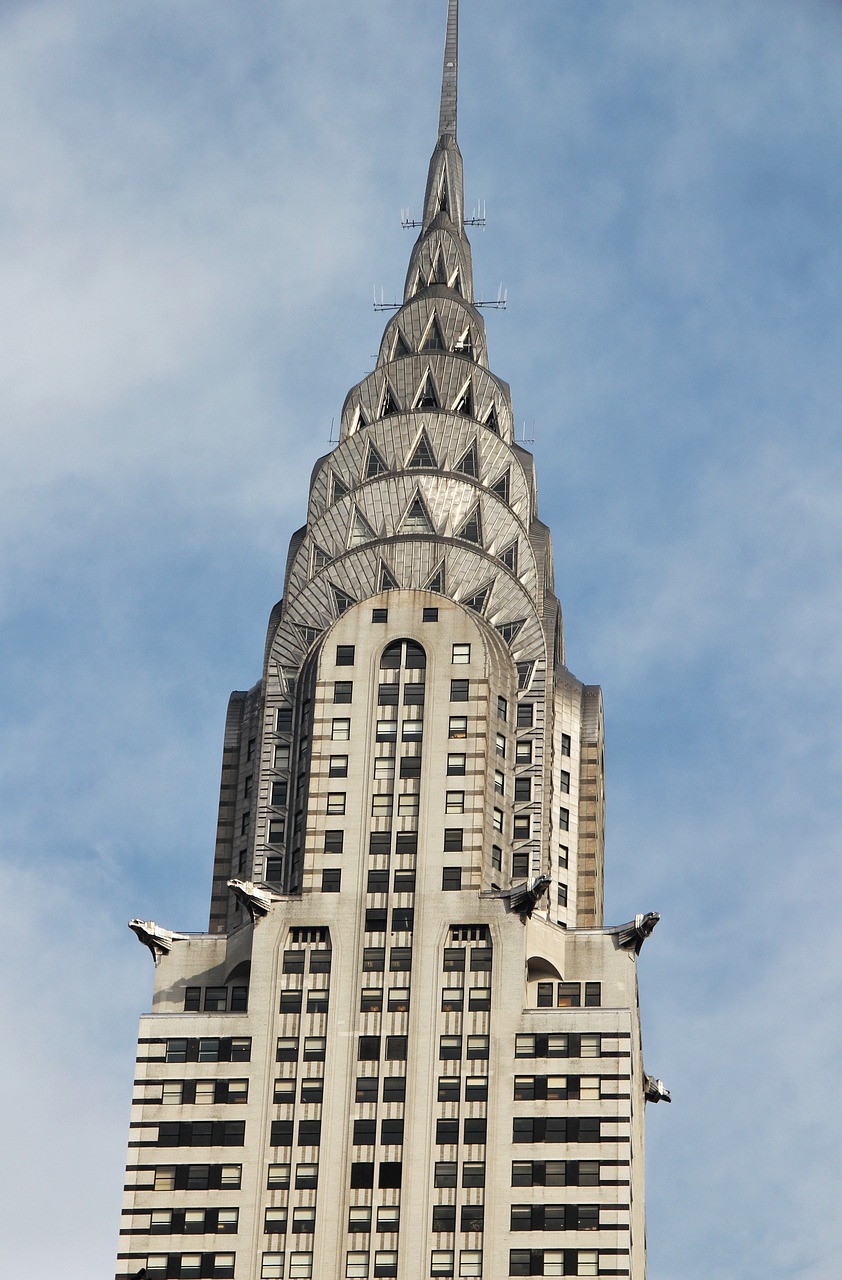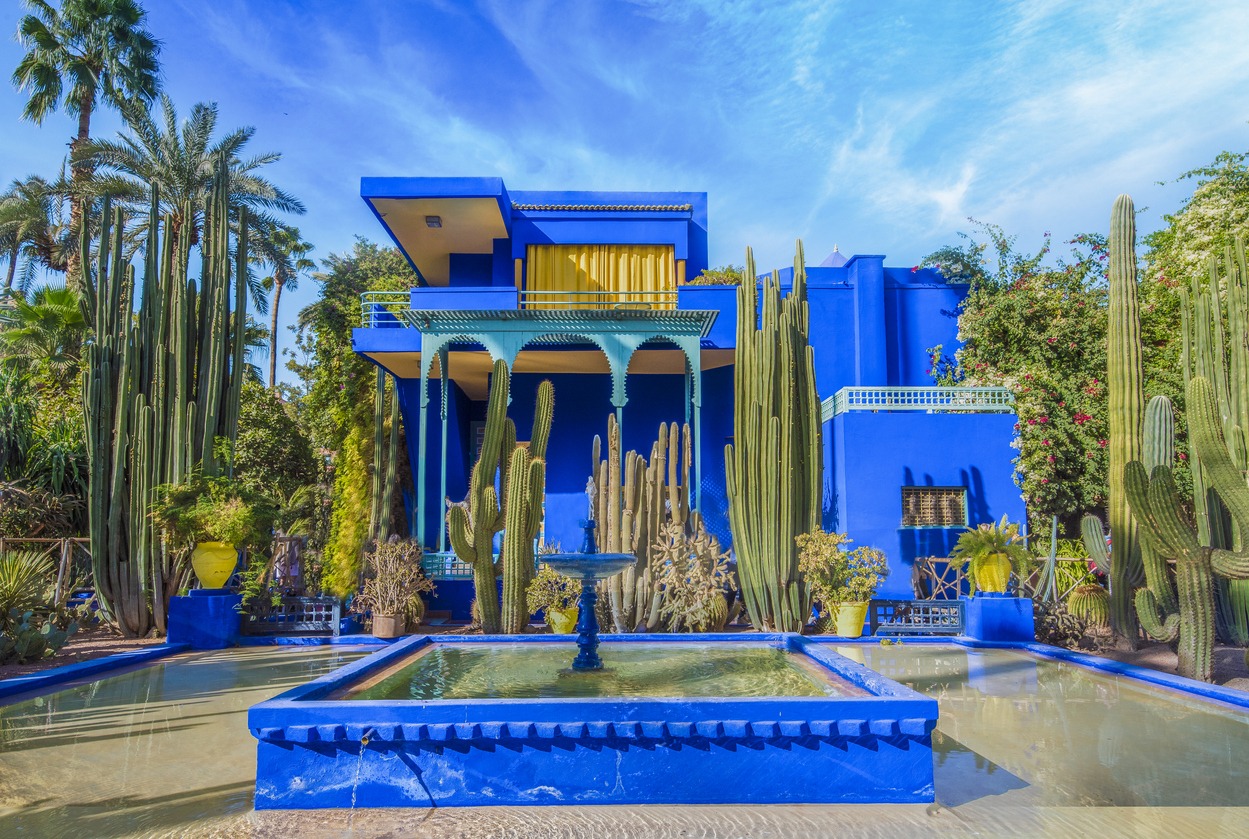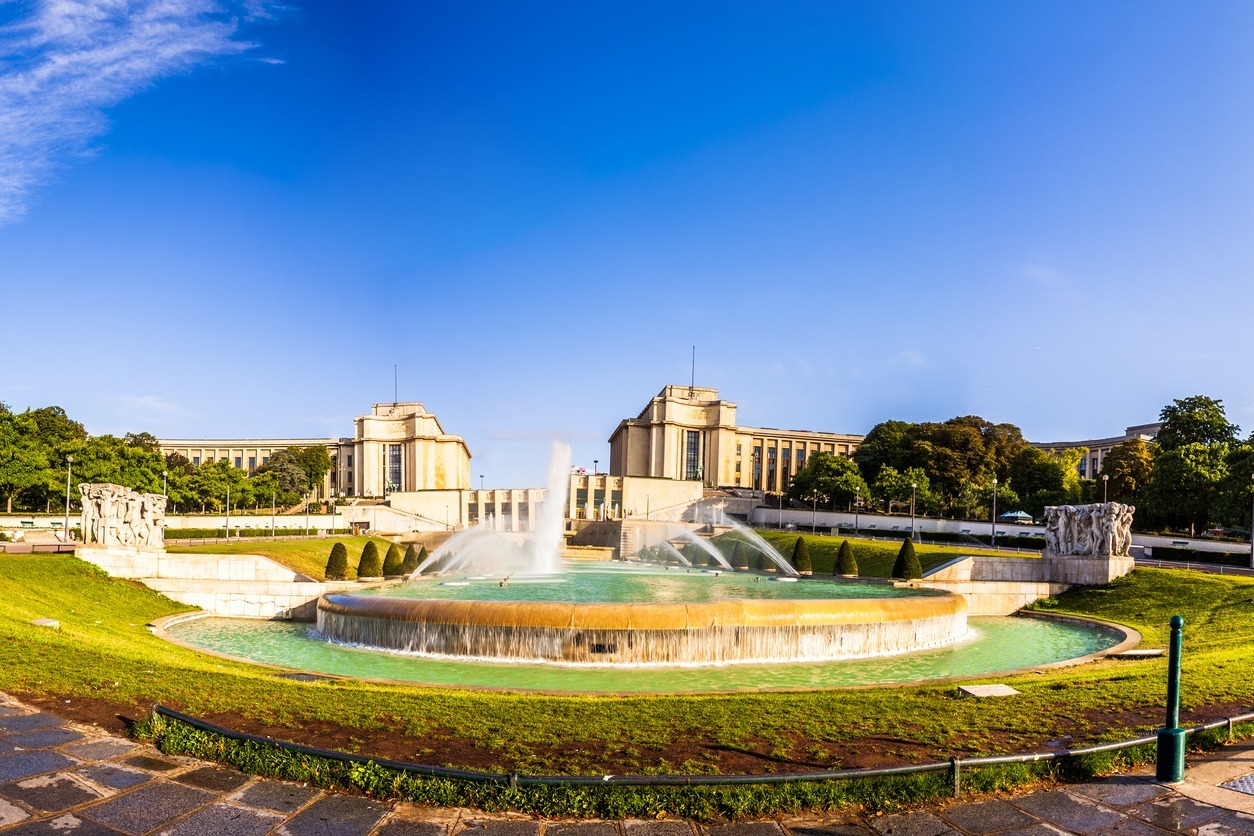Architecture, like all human endeavors, has always progressed. With the ever-changing world, architecture has evolved, giving birth to new architectural concepts, just like art deco architecture, making things more unconventional but exciting.
What is Art Deco Architecture?
Art Deco is a style that is both attractive and not at all minimalistic. Modern architects introduced a new look to architecture; they intended to build modern structures, not revivalist ones, which makes Art Deco structures easily recognizable and reflects a technological zenith. Art nouveau’s organic and curved shapes contrast with art deco’s geometric, streamlined designs merging form and function.
American and European Art Deco were famous between 1920 and 1930. However, this short-lived movement impacted fashion, art, homeware, and construction styles in the 1920s and 1930s. There is a balance of grandeur and utility in the design. Art Deco emerged in America because Americans wanted skyscrapers and sophisticated art without the handcrafted quality of the arts and crafts era. Art Deco was popularized by large-scale undertakings like the Chrysler Building in New York City and movie theaters of the time.
Interesting Facts About Art Deco Architecture
- This era had two separate phases. Art Deco’s era may be its most intriguing aspect. One design period personifies luxury, prosperity, and the advent of industry. The Great Depression follows the prior prosperous period. After the Great Depression, designers had to adopt Art Deco styles that were clever, practical, and budget-friendly. Builders adopted the style for cheaper apartment complexes. Moderate designers built basic structures and used machine-made decoration cheaply. Art Deco decoration quality and extent vary widely. Much of this intricacy depends on budget, builder, and quality.
- The Art Deco architectural style is not a revival. First-generation Art Deco designers had a crystal-clear vision of their desire to create a unique style. For the first time in construction history, the Art Deco movement introduced a new architectural style to the world. However, many design features were inspired by prior trends or cultures. Art Deco motifs are inspired by indigenous, Egyptian, and classical art styles; however, they are interpreted differently.
- The Art Deco design was used sparingly to construct houses. Buildings and businesses favored Art Deco, while Art Deco residences were rare. Some people incorporated Art Deco into preexisting homes. In the 1930s, entryways replaced wood trim with plain arches. Art Deco lighting and decor were installed. Art Deco-inspired paint colors and tile choices were popular.
- Art Deco design emphasizes symmetry and strong angles. Unlike Art Nouveau, Art Deco was more functional. The design aesthetic reimagined conventional shapes. Art Deco uses unconventional balance and geometric designs.
- Before modern architecture, there were Art Deco buildings. Art Deco continued until 1940, when several notable contemporary designers began Modern architecture. Art Deco architecture is a crossover between Victorian and modern designs.
The Beginnings of Art Deco Architecture
Early 20th-century France was the birthplace of this style, which developed from a visual art movement at that time and became popular in the United States during the 1920s and 1930s.This new architectural style was widely displayed during the Century of Progress Exposition in Paris in 1925 and in Chicago from 1933-1934. Art Deco architecture, sculpture, decorative arts, and valuable products flourished in the United States during this period.
Moreover, Art Deco architecture mixes modern design with traditional features like fine craftsmanship and rich jade, lacquer, and ivory. Art Deco was influenced by Cubism’s abstract and geometric forms, Fauvism’s bright colors, and the exotic crafts and styles of China, Japan, and Egypt. The ornamental and compositional arrangements also come from Beaux-Arts architecture through symmetry, straight lines, hierarchy in the floor plan distribution, and facades separated into the base, shaft, and capital. Wealthy post-war bourgeoisie adopted a rich blend of styles.
The design expanded from Europe to the United States and Britain, becoming a popular choice for building types linked with the modern era, such as garages, airports, ocean liners, theatres, swimming pools, office buildings, department shops, and power stations, and factories. Clean lines and minimal ornamentation had similarities to Modernism. Still, the style also worked well in structures linked with the entertainment industry, creating glitzy interiors for hotels, fine dining establishments, and luxury flats. Reflective surfaces such as mirrors and neon strip lighting were frequently employed to emphasize the streamlined aspect of the designs. Also, people began to look for Art Deco styles in their belongings, such as furniture, jewelry, fashion, and automobiles. Even everyday household items like vacuum cleaners underwent significant design changes.
Famous examples of Art Deco architecture in the United States include the Chrysler Building and Radio City Music Hall in New York City. Architectural movements like Modernism and glass-and-steel construction grew in the United States, and this rise significantly impacted 1930s architecture. However, due to the stock market collapse in the late 1920s, luxury was reduced. Because fewer people could afford the specialized work and materials, their priorities also shifted. Chrome and curves retained Art Deco’s modern aesthetic, but architects and designers competed to show how streamlined form could create scale. The impact of World War II in the 1940s ended the paradigm as architecture and style became more industrial in look and utility.
Characteristics of Art Deco Architecture
Art Deco aspects indicate enthusiasm for the modernity of machines and their intrinsic design attributes, such as simplicity, surface topography, symmetry, and element repetition. Identifying an Art Deco structure is easy if you know its key features.
- Modern and traditional materials. Art Deco used stucco, terracotta, decorative glass, chrome, steel, and aluminum.
- Ornate geometry. There were a variety of designs and ornamental features on the building. Typical Art Deco motifs include chevrons, pyramids, stylized sunbursts or florals, zigzags, and other geometric shapes.
- They are consistently highlighting the finer points. A designer or architect would use Art Deco motifs on both the exterior and interior to create a continuous style.
- Bright, contrasting hues make a strong statement. Art Deco features bright, luxurious colors. Buildings used bold hues like black and white or gold and silver to enhance contrast.
- Fragmented shapes. Many facades used angular, upward-pointing vertical lines. Triangular shapes are topped with steps that come to a point.
- Decorative windows with geometric patterns. Windows and doors had geometric motifs. The windows were glass blocks or opaque glass inserts in a long, horizontal row.
- Spires and parapets architectural features. Corners of buildings were commonly embellished with tower-like structures to make them look opulent.
The World’s Most Beautiful Art Deco Architecture
- New York City’s Chrysler Building. As one of the world’s tallest skyscrapers, the William van Alen-designed landmark in Manhattan was finished in 1930. The spire is adorned with sunburst patterns and eagle gargoyles in a distinctive steel design.
- South Florida’s Delano. The Delano, a renowned hotel in Miami’s South Beach district, was built in 1947 by architect Robert Swartburg and rebuilt in 1995 by designer Philippe Starck.
- Ohio’s LeVeque Tower in Columbus. Architect C. Howard Crane created the Art Deco tower, which was finished in 1927. One of the city’s most distinctive landmarks, the landmark 555-foot-tall structure is coated in molded terracotta tiles.
- Los Angeles’ Eastern Columbia Building. The 1930 building is in the heart of downtown Los Angeles and includes an eye-catching blue terracotta facade. A well-known L.A. architect, Claud Beelman, designed the landmark and several other Art Deco structures in the city.
- The Guardian Building in Detroit. Architect Wirt C. Rowland was responsible for designing the Cathedral of Finance skyscraper, which was finished in 1929. Intricate historical elements, including mosaics, paintings, and stained glass, may be seen throughout the interior and exterior.
- The Majorelle Garden in Morocco. One of the most beautiful and eye-catching specimens of art deco architecture may be seen on the famed 12-acre garden hideaway in the center of Marrakech. The art deco studio of French ex-pat Jacques Majorelle was built in 1931 and painted “Majorelle blue.” The two-story building designed by Paul Sinoir has stretched arches, angular outlines, and a cantilevered roof.
- Hôtel Chaillot in Paris. Palais de Chaillot, which faces the Eiffel Tower, is a famous Paris attraction.Art Deco from the 1940s now houses the world’s largest architecture museum, Cité de l’Architecture et du Patrimoine.
Two curved neoclassical wings surround the main art deco structure, with metal-sash windows, bas-reliefs, and gilded accents.
- Brussels’ Sacred Heart Basilica. Brussels’ Basilica of the Sacred Heart is a stunning example of Art Deco architecture. It took decades to construct the first stone was set in 1905, and the church opened in 1971, but the outcome was worth it. The basilica boasts a green copper dome, two towers, stained glass windows, a pediment, and arches on the western hill section of the Belgian capital. Inside, the church is adorned in art deco style with marble and geometric elements.
- New York City’s Empire State Building. Empire State Building in Manhattan is the world’s most famous art deco skyscraper. Shreve, Lamb, and Harmon designed the 102-story tower in 1932. Gleaming aluminum embellishments can be found all over the place. The building’s sleek façade, setback design, and 200-foot spire make it the world’s most photographed structure.
- Palace of the Mediterranean in Nice. The iconic Palais de la Mediterranée on Nice’s Promenade des Anglais overlooks the Mediterranean. Even though Nice has 600 art deco buildings, the Grand Hyatt hotel stands out for its magnificence. The building’s whitewashed façade contains two grand pediments, bas-reliefs dedicated to Poseidon, and massive arcades and colonnades.
Ever wondered what makes Art Deco architecture so distinctive? Our latest post breaks down its key stylistic elements.
Learn more about the history and inspiring examples of Art Deco Design in our latest blog post.



